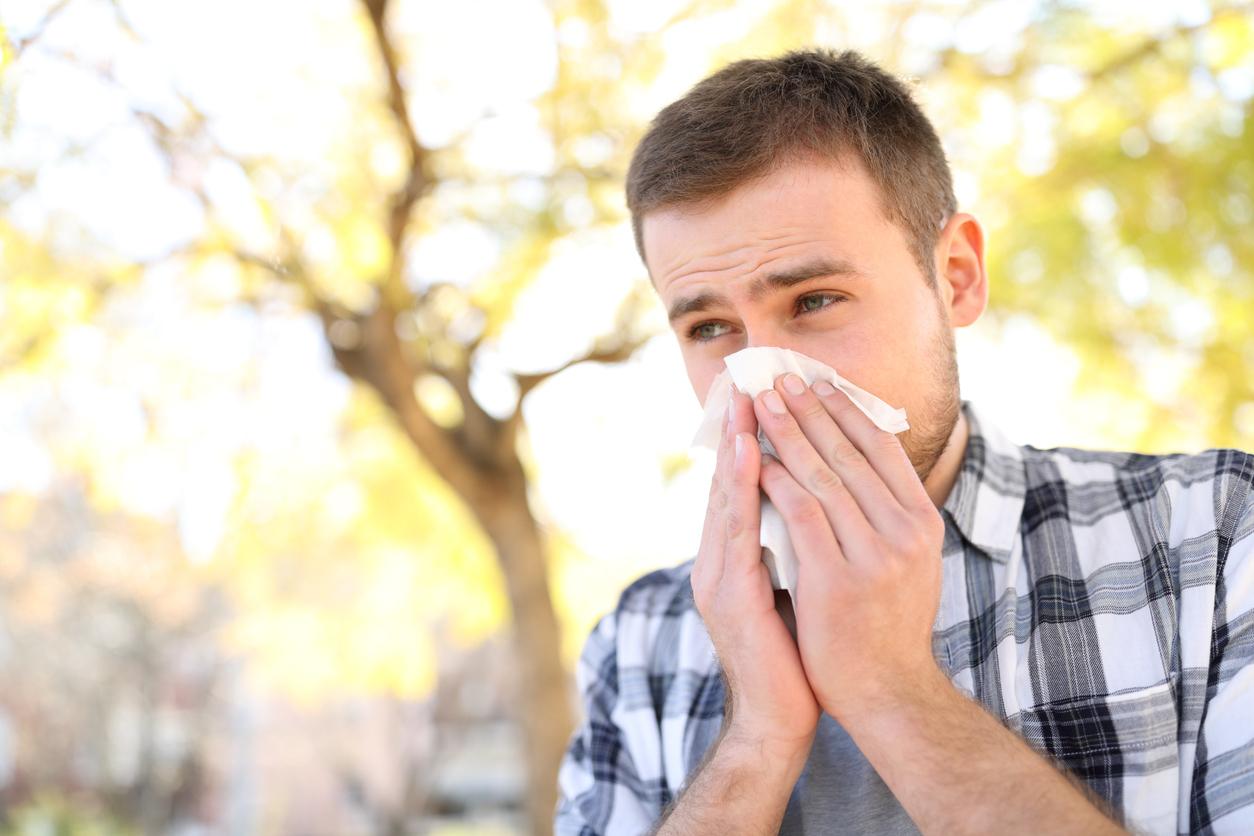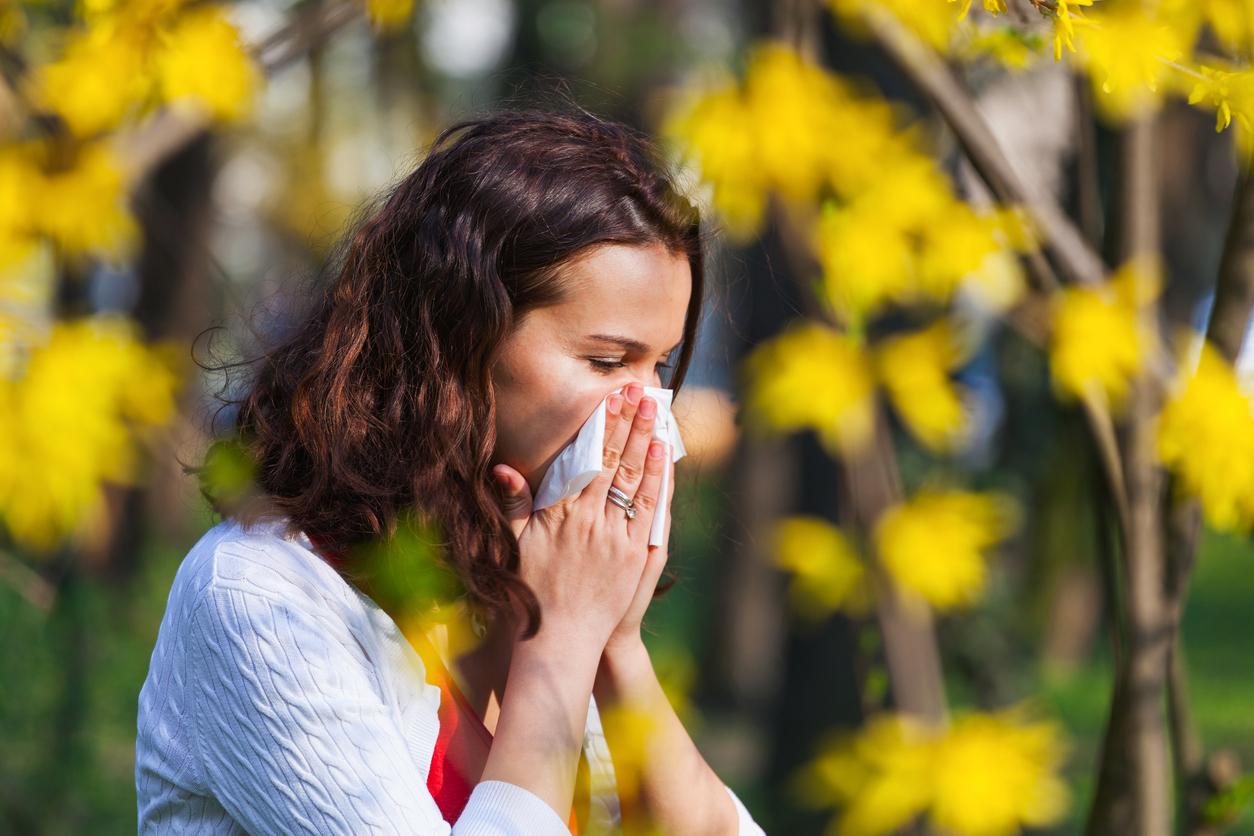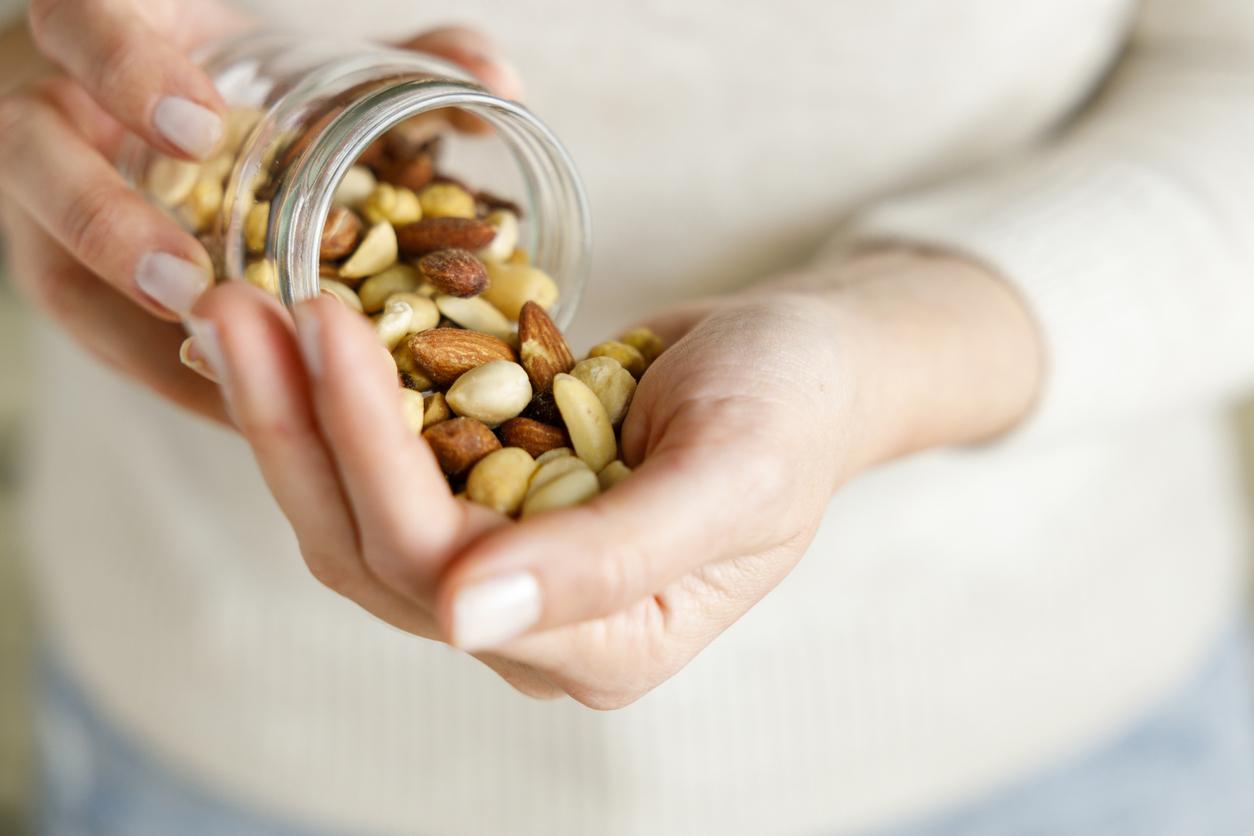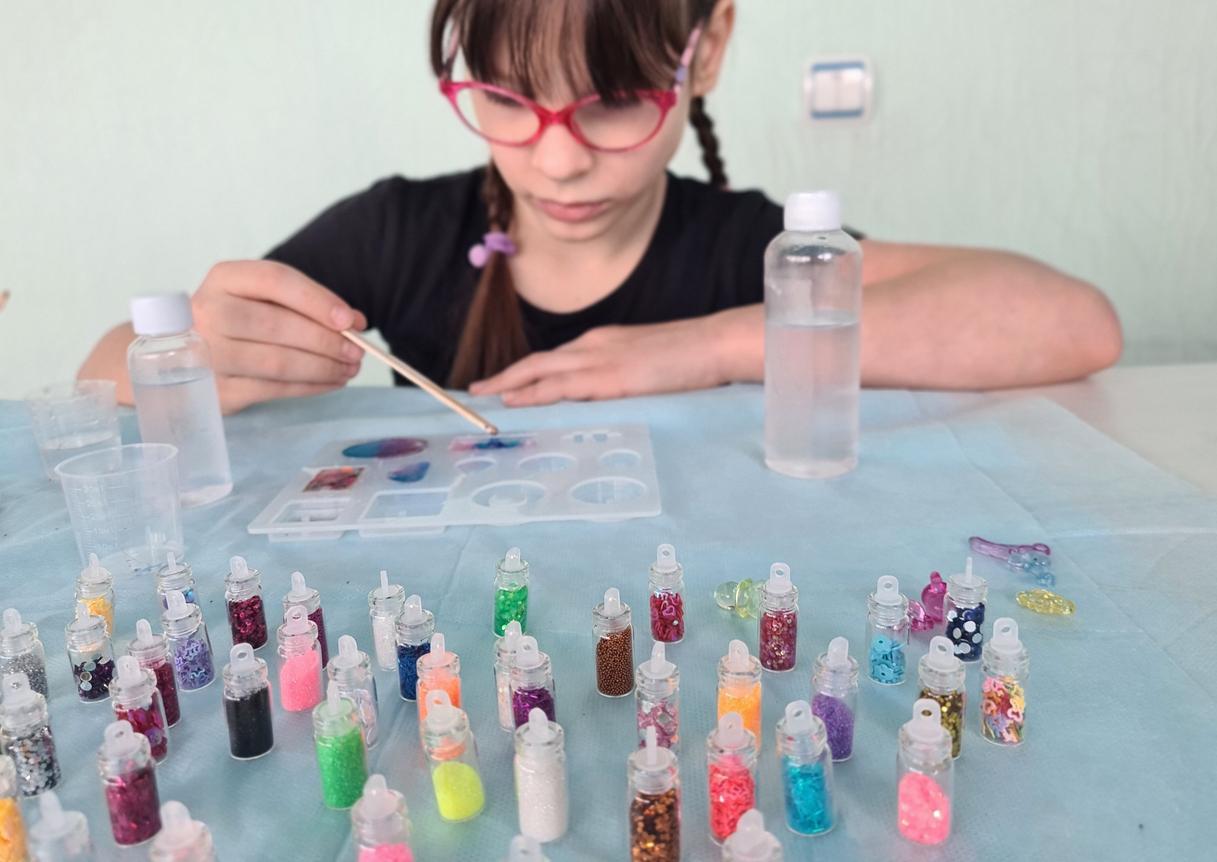Grass pollen, which is one of the most common causes of seasonal allergies, begins to decline. Thus, a drop in allergic risks is recorded in the north-east and south-west of the country.
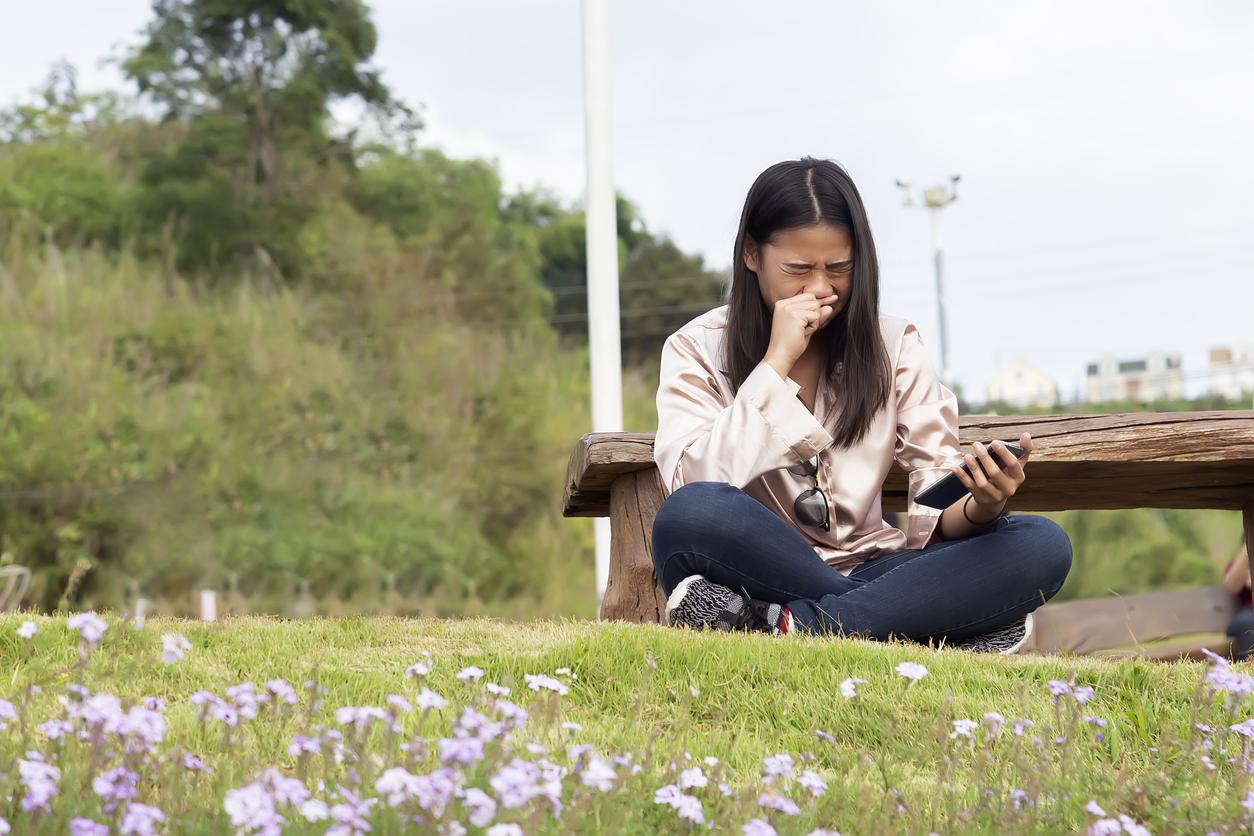
- Grass pollen continues to lose ground, the risk of allergy is now “medium level” in the northeast and southwest of the country.
- The risk of allergic reactions is low for oak, chestnut, plantain and nettle pollens.
- “The lime trees are still in bloom with possible proximity allergies. So do not stay under a flowering lime tree,” warns the RNSA.
Grass pollen is one of the most common causes of allergic rhinitis. But fortunately, people who are sensitive to it will start to breathe better. According to the National Aerobiological Surveillance Network (RNSA), these annoying pollens are beginning to loosen their grip on France.
Allergy to gramino acids: the risks are decreasing over a large part of France
According to update of the National Aerobiological Surveillance Network published on June 30, the presence of grass pollen continues to decrease over a large part of north-eastern and south-western France. The risk of allergy has thus been reduced to “AVERAGE” on these areas by the body. On the other hand, he warns that he “will remain high for a few more days on the other regions”.
The other allergenic pollens should not cause too much trouble for people who are sensitive to them. The risk of reactions remains “low level” for pollens of oak, chestnut, plantain and nettles (i.e. urticaceae). Nevertheless, Ile-de-France residents must remain attentive:
“Urticaceae, chestnut and plantain pollens are currently the most numerous with peaks mainly at the end of the morning, while grass pollens continue to lose ground. large part of the Île-de-France region”warned the RNSA.
Allergic rhinitis: blooming lime trees still a problem
“The lime trees are still in bloom with possible proximity allergies”, warns the RNSA. It is therefore recommended not to stay under one of these trees to avoid any problematic reactions.
Allergic rhinitis is characterized by:
- sneezing fits;
- runny nose;
- a stuffy nose;
- eye disorders: redness of the eye, tearing, itchy eyes…












